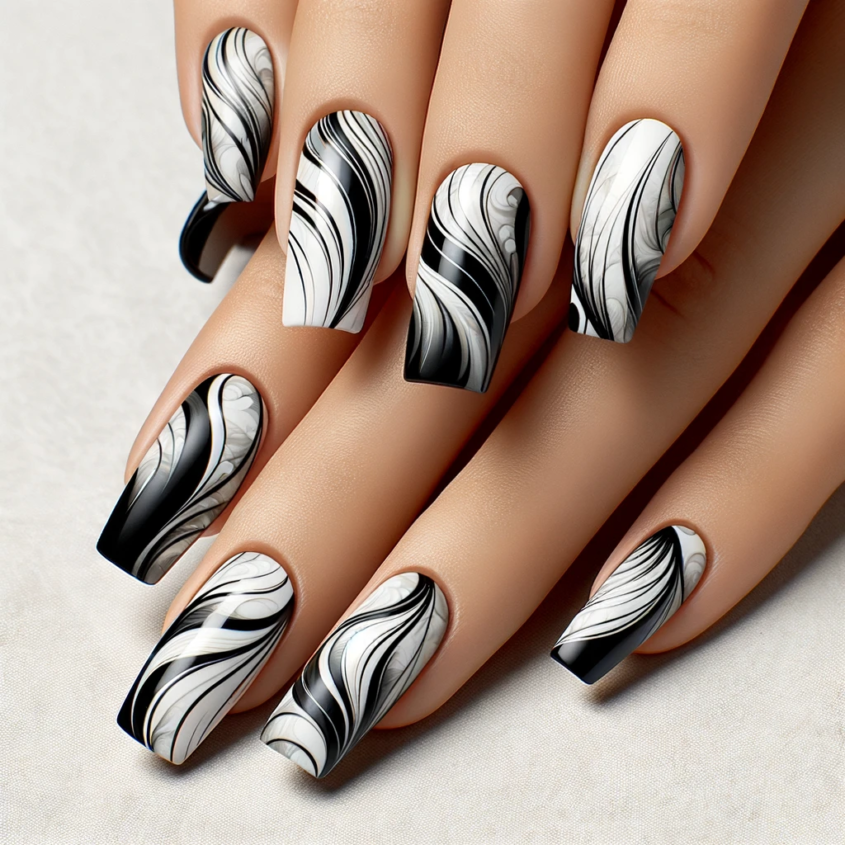Is Liquid Nails better than silicone?

In the world of adhesives and sealants, two products typically stand out for their reliability and versatility: liquid nails and silicone. Both are used in a wide variety of applications, from simple home repairs to more complex construction projects. However, despite their common usage, they have unique characteristics that set them apart. The purpose of this article is to provide a thorough comparison of liquid nails and silicone to help readers understand their ingredients, properties, common uses, and the benefits of each. By delving into these aspects, our goal is to provide you with the knowledge to make an informed choice based on your specific needs.
Understanding Liquid Nails
Ingredients and Properties
Liquid Nails is the brand name for a line of high-strength adhesives composed primarily of solvent-based or water-based compounds. Key ingredients typically include polyurethane, acrylic or rubber, which contribute to their strong bonding properties. Liquid Nails is known for its superior bonding strength, allowing it to bond a wide range of materials, including wood, metal, and even some plastics. It cures through solvent evaporation, resulting in a long-lasting and rigid bond.
Common Uses and Applications
Liquid Nail Polish’s versatility makes it the adhesive of choice in both DIY and professional environments. It is commonly used in carpentry to join wood members, in home improvement to join drywall or paneling, and in construction to bond subfloors and trim. Its strength and durability also make it suitable for outdoor applications and can withstand a variety of weather conditions.
Advantages of Liquid Nails
One of the main benefits of Liquid Nails is its superior bonding strength, which is crucial for structural projects. Additionally, it is relatively easy to apply and can be painted, making it ideal for visible areas. Its ability to bond different materials also makes it a versatile option for complex projects.
Explore Silicone Sealants
Components and Properties
Silicone sealants are elastomeric compounds made primarily from silicone polymers and fillers. They are known for their flexibility, water resistance and resistance to temperature changes. Unlike liquid nails, silicone does not bond materials together but provides a flexible and waterproof seal. It cures through a process called vulcanization, which transforms it from a paste to a flexible rubber-like material.
Versatile applications
The flexibility and weatherability of silicone sealants make them ideal for applications that require a durable seal, especially where material expansion and contraction need to be taken into account. Common uses include sealing seams and gaps in bathrooms and kitchens, around windows and doors, and in HVAC systems. It is also used in the automotive and aerospace industries due to its heat resistance.
Benefits of using silicone
Silicone sealants stand out for their excellent flexibility and temperature resistance, which makes them ideal for both high and low-temperature environments. They are also water resistant, making them ideal for applications in wet areas. In addition, silicone sealants are resistant to UV rays and ozone, ensuring longevity and durability.
Comparative Analysis
When choosing between liquid nails and silicone, there are several key factors that come into play, each depending on the application and desired outcome. This section takes an in-depth look at their adhesive strength and durability, flexibility and temperature resistance, ease of use and application, and cost-effectiveness to provide a comprehensive comparison.
Adhesive strength and durability
Liquid Nails are known for their superior adhesive strength, which creates a strong, permanent bond between surfaces. This makes them ideal for heavy-duty applications that require strong and durable support. On the other hand, while silicone sealants offer good adhesive properties, their primary function is as a sealant rather than an adhesive. The advantage of silicone is its ability to maintain a flexible, watertight seal over time rather than withstand heavy loads.
Flexibility and temperature resistance
Silicone is superior to liquid nails in terms of flexibility and temperature resistance. It can withstand extreme temperature changes without cracking or drying out, making it ideal for outdoor applications and areas exposed to temperature fluctuations. Liquid nails, while durable, are less flexible and may not perform well under constant thermal expansion and contraction.
Ease of use and application
Both of these products are user-friendly, but their ease of use is slightly different. Liquid nail polish has a thicker consistency and requires the use of a caulking gun in order to apply and may require some finesse to spread evenly. Silicone sealers can also be applied with a caulking gun, but flow more smoothly and are easier to tool or smooth out, making them more forgiving for DIY enthusiasts.
Cost Effectiveness
Cost-wise, both products are relatively affordable; however, the choice between them should be based on suitability for the application and not just price. Liquid Nails may offer more value in terms of quantity and bond strength for structural projects, while silicone may be more cost-effective for sealing and waterproofing tasks due to its longevity and resistance to environmental factors.
Specific use cases and recommendations
Understanding the ideal scenarios for each product can help make the right choice for your project.
Ideal scenarios for liquid nails
Liquid Nails are best suited for situations that require a strong, long-lasting bond. This includes carpentry, construction and heavy home repairs such as installing drywall, paneling or molding. It’s also ideal for outdoor projects that require a strong bond, such as deck construction or attaching exterior siding.
When to choose silicone over liquid nails
Silicone should be your first choice in situations that require a flexible, waterproof seal. Its best applications include sealing gaps around windows and doors, in bathrooms and kitchens, and in any area exposed to moisture. It’s also a top choice for projects that are subject to temperature fluctuations, such as HVAC systems or sealing joints in outdoor applications.
Professional Insight
Gaining the insights of industry professionals can provide a deeper understanding of when and how to use liquid nails and silicone effectively.
Expert Advice
Construction and home improvement experts often emphasize the importance of choosing the right adhesive or sealant for the job. Many professionals prefer to use liquid nails for structural projects due to their superior bonding strength and durability. On the other hand, silicone sealants are highly recommended for applications that require flexibility and water resistance, especially in areas exposed to moisture or temperature changes. Experts also emphasize the importance of considering the type of bonding material, as certain substrates may have specific adhesive requirements.
Industry Standards and Best Practices
The industry has established certain standards and best practices for the use of these products. For liquid nails, it is recommended that they be applied to a clean, dry surface and that sufficient time be allowed for curing. For silicone sealants, it is recommended that they be applied as smooth beads and processed to achieve a proper seal. Both products should be used in a well-ventilated area. Following manufacturer’s instructions and safety guidelines is critical for optimal performance and safety.
This article has compared Liquid Nails and silicone in various aspects, including their ingredients, properties, applications, and benefits. Liquid Nails are known for their strong bonding properties, making them ideal for heavy-duty bonding tasks. In contrast, silicone excels in flexibility, temperature resistance, and water resistance, making it an excellent choice for sealing applications.
The “better” choice between liquid nails and silicone depends heavily on the specific requirements of the project. For structural bonding, liquid nails are preferred. However, for seals and applications that require flexibility and weather ability, silicone is the better choice.
FAQs
What is the main difference between liquid nails and silicone?
Liquid Nails are primarily an adhesive with superior bonding strength, while silicone is a sealant known for its flexibility and waterproofing capabilities.
Can I use Liquid Nails instead of silicone in outdoor applications?
Liquid Nails can be used in outdoor applications where a strong bond is required, but may not perform as well as silicone where flexibility and water resistance are needed.
Is silicone more cost-effective than liquid nails in the long run?
Silicone may be more cost-effective in applications where durability, flexibility and weatherability are critical, resulting in less frequent repairs or replacements.
Are there any health and safety issues associated with the use of liquid nails?
It is recommended that liquid nails be used in a well-ventilated area as it can give off fumes during the curing process. It is vital to follow safety guidelines and manufacturer’s instructions.
Can I use liquid nails and silicone together to achieve better results?
Although they have different uses, in some projects using both can provide additional benefits – liquid nails for bonding and silicone for sealing and added flexibility.




